It’s Never Been a Better Time to Be a Pro Triathlete … And the Numbers Prove It
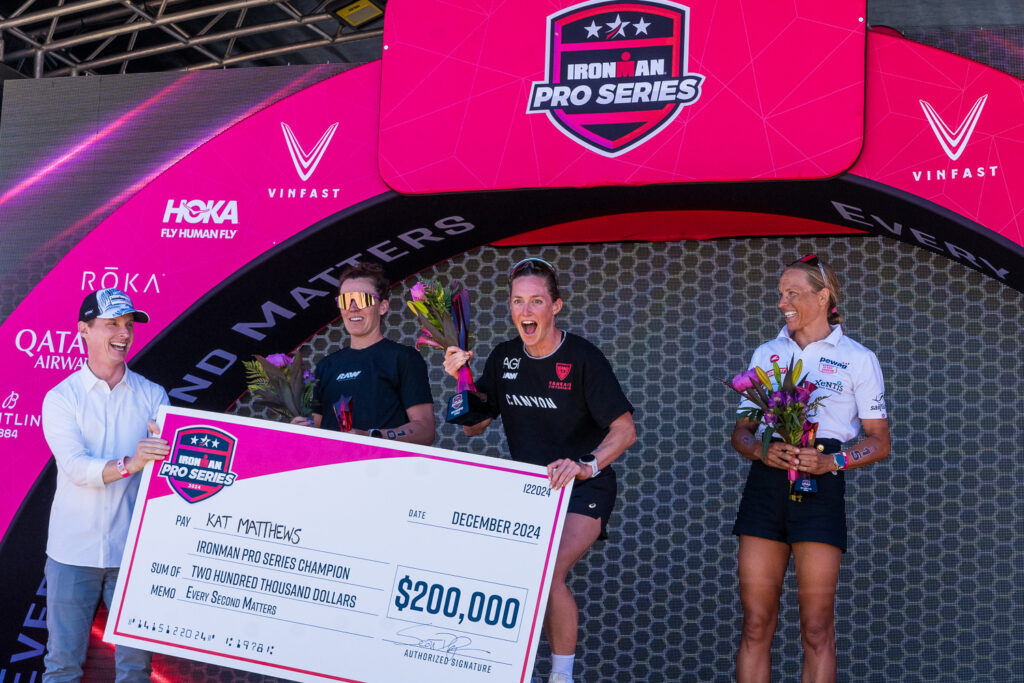
The IRONMAN Pro Series awards ceremony with Jackie Hering, Kat Matthews and Lotte Wilms. Photo: Kevin Mackinnon
You’d be smiling, too, if you had just won yourself a nice US$200,000 bonus for winning the IRONMAN Pro Series. We were on hand as Kat Matthews was handed that big check after a stellar season that included a runner-up finish at both the IRONMAN World Championship in Nice and the IRONMAN 70.3 World Championship in Taupo. That bonus helped Matthews to earn a total of $549,000 last year, “the best earning season of any of the years I have looked at,” wrote Thorsten Radde, the man behind TriRating.com, who posted his annual year-end prize money ranking on Dec. 31.
It hardly comes as a surprise, then, that during an interview last week he was quick to agree with me that there’s never been a better time to be a pro triathlete.
“Oh, totally,” Radde said. “And, to me, Kat (Matthews) is an example. Martin Van Riel is an example. The amount of money that’s available in the middle distance, it’s never been better before. And, overall, it’s never been better before.”
Matthews finished just ahead of Taylor Knibb on the prize money ranking ($549,000 to $517,300), with Knibb earning the lion’s share of her prize money through the PTO – $410,000 from her four series wins and the overall T100 title. Van Riel, the winner of the men’s T100 series, took home $401,000 from the PTO, earning an additional $9,500 from World Triathlon and $2,500 from Ironman to take home a total of $413,000. Ashleigh Gentle was fourth in the overall standings with $354,427, while Kyle Smith rounded out the top five with $326,848.
Radde, who also consults with the Professional Triathletes Organisation (PTO) and has been a key player in the development of the ranking system used by the PTO, points out that the T100 Triathlon World Tour and the IRONMAN Pro Series “have created a significant addition of prize money into long-distance triathlon.”
That boost in prize money allowed 49 athletes to make over $100,000 last year, up from 29 athletes in 2023.
Ranking Systems
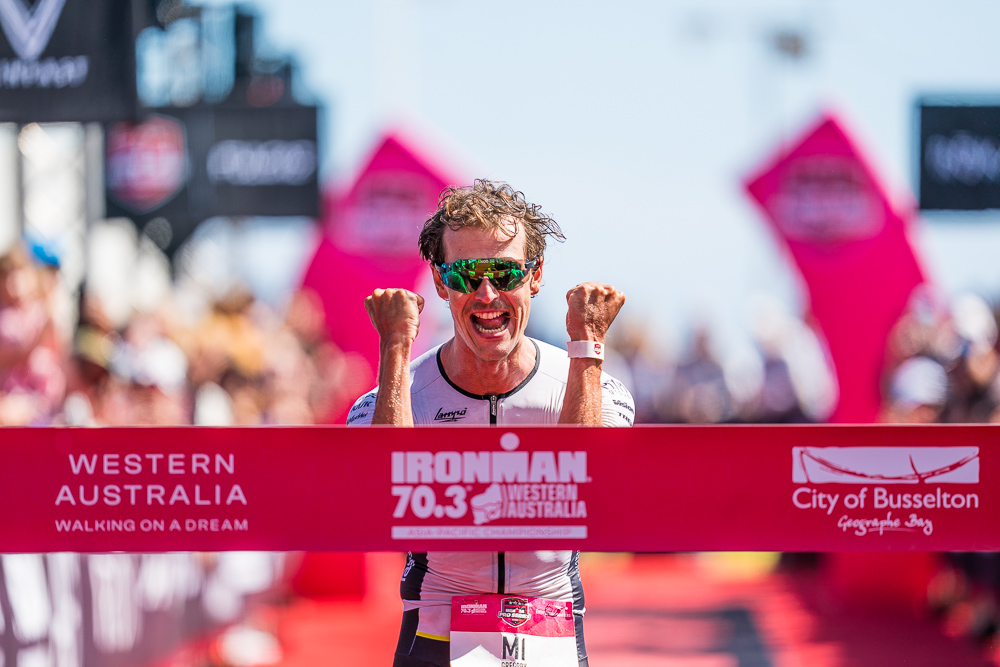
A win at IRONMAN 70.3 Western Australia helped Gregory Barnaby take the men’s IRONMAN Pro Series title. Photo: Kevin Mackinnon
It should hardly come as a suprise that the man who has been so involved in the PTO ranking system, which takes into consideration the depth of field for each race along with the difficulty of the course, would not be as impressed with the considerably simpler IRONMAN Pro Series system. That Pro Series rankings start with a set number of points for the winner of each event – 5,000 for IRONMAN races, 2,500 for 70.3. (The world championship points start at 6,000 for the full and 3,000 for the 70.3.) The following athletes’ points decrease by a point for every second they are behind – hence the “every second counts” promo the Series has used. (You can read more about the points system here.)
“Obviously the PTO system is a lot more complicated than what IRONMAN has done,” Radde said. “To me it was too-simple a system, and I think it still is. But it’s been working well from a marketing viewpoint. That model of every second counts, and the simple way of being able to count down the points worked well.”
Radde also wasn’t a fan of having three full-distance races count because “it forces people to do a lot of racing if they want to do well.”
“But that’s a discussion that’s older than the Pro series,” he said with a laugh.
More Competitive Than Ever
Do the numbers back up the feeling that pro racing is more competitive than ever? Radde sure thinks so.
“I mean, you just have to go back to Kona Racing in 2010, or 2005,” he said. “You had a handful of people who would win it. And you could be reasonably certain that three of them would place on the podium. I don’t think we’re at that point anymore. You have easily 10 to 15 people who could contend for the podium, and the races are so close and so variable in how they develop. We’ve got the deepest fields, we’ve got the closest races.”
Radde sites a chat with fellow German Frederik Funk as proof of just how competitive the races have become. Funk didn’t win any races in 2024, but felt like his fifth-place performances at T100 London and T100 Ibiza were likely good enough to have won him a PTO event in 2022 or 2023.
It isn’t just the T100 races, either. Radde points to IRONMAN Cozumel, where Marten Van Riel made his full-distance debut.
“I guess in almost all instances five or 10 years ago, if he (Van Riel) crashes and loses some time, he would have been able to run himself back onto the podium,” Radde said. “But no longer. Even if there are names that you’ve never heard before, they’re still able to go super fast and do a sub-eight in their first Ironman, which was unheard of a couple years ago.”
Short Course Racing
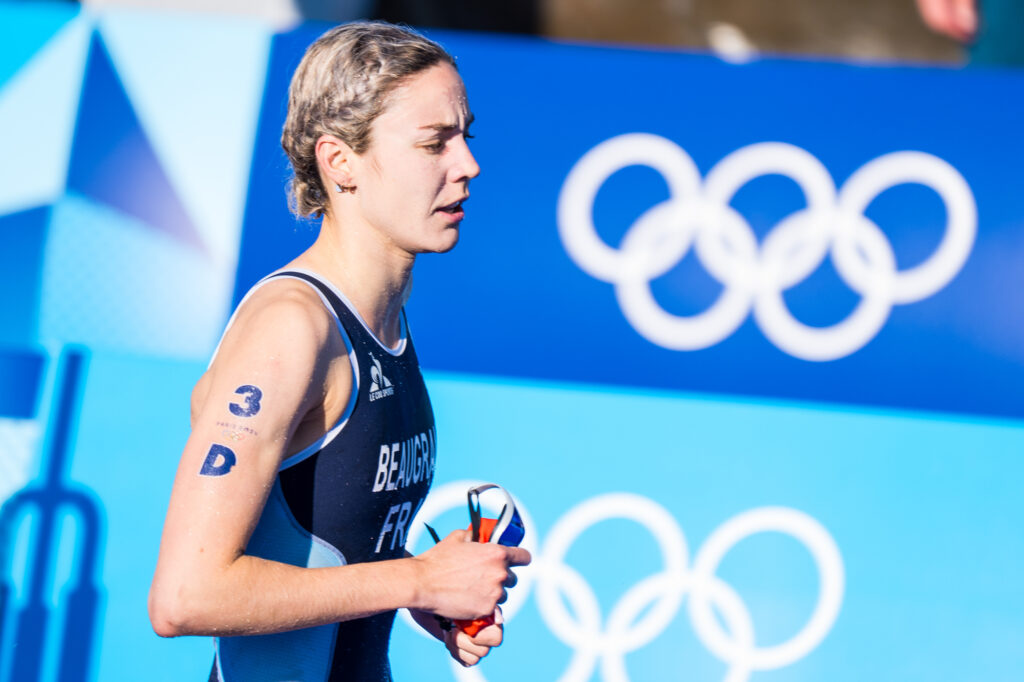
Cassandre Beaugrand competes in the mixed relay at the Olympics. Photo: Kevin Mackinnon
Olympic champ Cassandre Beaugrand topped the short course prize money ranking this year, taking home $219,875 from World Triathlon and SuperTri. Hayden Wilde was second on that list ($198,575), although he augmented his earnings with IRONMAN events and earned $247,575 in total last year. Like Beaugrand, the men’s Olympic champ, Alex Yee, earned all his money through short course racing and ended up third on the list at $162,889.
One last stat we’ll throw at you from Radde’s reporting: “The total number of athletes who earned prize money has been almost unchanged (818 in 2023 vs 823 in 2024).”
Tags:
IRONMAN Pro SeriesPrize MoneyT100 Triathlon World TourContinue the discussion at forum.slowtwitch.com
70 more replies
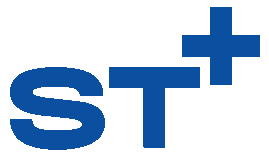
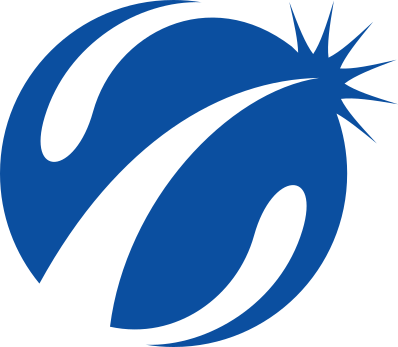


Maybe it’s a controversial opionion, but I find the whole PTO ranking system a self fulfilling prophecy. Not to discount the quality of certain athletes, but how can it be that someone who’s had a 3rd place as best result in a T100 race is ranked about someone who won the Ironman World champs and won another big IM early in the year? Similiar for the women, the IM world champion is ranked lower than someone who came 2nd three times.
I would say it shows more the specifiry of the sport IE you want to win the biggest race in triathlon IE the world champs you really have to focus on this race and keep your powder dry for most of the year.
both 2024 champs did not have many A races and not many or non at all really fast middle distance races and that is reflected in the ranking
If you only do 2 good races you won’t do well in any ranking.
Should be “It’s Never Been a Better Time to Be a Pop Echelon Pro Triathlete”
I bet if you looked at available prize money / number of pro athletes
or
Earnings of athletes ranked 100-250
They are likely down vs the past.
Don’t think that is controversial at all. PTO races certainly score better than other races, when the actual performance is the same level. It’s their system so can’t really blame them. But does make it easier to get roll down places, once you get your foot in the door.
Look at Samorin Champs. Kyles wins with a crazy fast run to scores 91.Then in Dubai finish 4th, so not his best day but still scores 97.
15th place at T100 often gets you around 75-80 points. That is more than winning lots of bronze 70.3 & Challenge race’s. Given how completive all evens are now. For sure that is not the same level of performance.
I completely agree. Laura Phillip scored only slightly more points in her best race than Taylor Knibb did in one of the T100 races. Ever more so, the 70.3 WC are not even part of Taylors best three scores .
.
Two points:
Ad Laura
Laura’s performance was exceptional. I believe she would’ve won no matter who participated, incl. Anne, LCB and Daniela. She was a beast. However, the SOF was weaker than comparable other diamond races like T100 and 70.3 WC.
Ad Taylor
Taupo 70.3 WC points haven’t been YET calculated for any athlete. This was diamond race, with super high SOF. It’ll count.
Well you are basically arguing that a continental cup a world cup and a world series race should get the same points…
As per Ajax bays calculation knibbs score at Taupo will be the highest score 2024 including any t100 races
I would agree with this for USA but in Europe you have a lot of independent races and the challenge races
And it has certainly become easier in Europe to podium at challenge races since PTO started.
So I would say for European up comming athletes it’s becoming easier to make money as the likes for Fred funk that won a few challenge races last year did non this year for instance.
For a certain level of pro athletes it made never sense to do ironman branded races where they left with 0 price money rather than selecting races they actually come away with money.
I do 100 percent agree not paying 51 to 100rh a year end bonus is bad by PTO and would say it should prob go to 150 th ranked athlete.
And here’s the link to Thorsten’s article since @admin doesn’t share it.
https://www.trirating.com/deep-dive-into-the-2024-triathlon-money-list/
Just as an aside @Ironmandad the PTO Ranking system does NOT “take into consideration the . . . . . difficulty of the course.” Tier (=$ purse - tick); SOF - tick; % time ahead or behind average of first 5* - tick.
*fewer if low finishers
@Michal_CH said:
Ref Taylor
“Taupo 70.3 WC points haven’t been YET calculated for any athlete. This was diamond race, with super high SOF. It’ll count.”
You’ll be relieved to hear, Tom, Knibb’s score of 102.81 from Taupo will be her best score of the year and replace Ibiza’s. Still agree?
https://www.trirating.com/70-3-world-championship-2024-taupo-analyzing-results/
Philipp’s performance was superb in Nice but her score was undermined by the weaker strength of field, not helped by LCB DNSing to avoid getting to T2 and then pulling out with a niggling injury. As @Redgeware says: “she’s never been one for middle-of-the-pack finishes”. That ‘suddenly’ dropped the SOF down.
In detail, Philipp scored 102.71 in her win at the IRONMAN World Champs. If LCB had started (NB she was centre of the Pro Panel the previous day! I guess hoping her niggle would disappear) Philipp’s score would’ve been 103.5 (roughly). (ack woulda coulda)
Was Knibb’s Taupo performance ‘better’ than Philipp’s in Nice? The PTO scores suggest very similar top of the drawer. Did Knibb beat Matthews by less (%) than Philipp did? (yes).
If using Matthews as the benchmark, did Mathews race better in Taupo than Nice (I would say yes: she outran Philipp twice in June and July but couldn’t along the Promenade des Anglais (and Philipp excelled herself) whereas on the shore of Lake Taupo she ran her best ever (though after an arguably weaker (NP?) bike).
Well kat walked in nice and that should be reflected in the score.
So yes I would say it’s very correct she got
more points for Taupo.
Having said this I would agree ironman world champs plus 70.3 world champs
And PTO grand finale should get some sort of small bonus as this are the races that impact sponsorship more than anything and also give more points for the relevant series.
And this is where the problem of a PTO series lies we will not see that 2 non t100 races will get a bonus and only 1 t100 race
But the above races are the grand slam races so to speak.
Oh that’s good to know. Since the PTO is putting out the rankings, I assumed all 2024 races were accounter for.
There are just some odd things about the ranking, but I guess most of them can be explained (for example Patrick only having 2 good scoring results). Take for Mika Noodt (5) vs Patrick Lange (17). Patrick’s IM Frankfurt score (8th place) is about 15 points lower than Mika’s IM Zell am See win. Patrick’s IM Texas win scored slightly less points than Mika’s 3rd place score in T100 Ibiza.
First world problems
I think overall interest in Triathlon is waning. For whatever reasons there is good prize money for top pros now. I don’t really care how it is allocated. Neither seems to be a problem
PROs get contract & prize money for racing, and they get points for racing. Viewers (presumably) want to watch tight, competitive races throughout the season, and not just a one-day world championship where you don’t even know what shape who’s in. PTO wants to make viewers happy. PTO rewards athletes for doing what it wants.
The IMWC, the T100GF and the 70.3WC are all diamond tier (the IM ones courtesy of the prize purse plus IM Pro Series money). The IMWC will ‘alwys’ have a lower SOF because the highest ranked (?best) triathletes do not (all) race full distance (especially the WPros) and to get the highest SOF you need at least 5 of the top ?7 to start.
Having said that, I expect Derron, as well as racing T100, to race an IM to get KQ and then the IMWC in October! Her strengths are taylor made for IM. Findlay has intimated she’ll race an IM in 2025. We’ll see! Knibb surely will. Lee too. Simmonds, like Derron has the strengths for a top IMWC (she raced IMs pre-Covid). Then add to the IM field: LCB, Haug, Sodaro.
Just leaves Gentle, EPB and Byram to bimble along in middle distance, with Spivey somewhere around.
Finally, while the PTO are paying out a ranking bonus this year sfaik, I would not expect them to do so next year, so the function of the PTO Rankings will be ‘just’ as a service to the sport and to inform (assumed) the offer of 2026 T100 contracts. Pro athletes (non-T100) who think they’re top 40 would be well advised to choose some IM Pro Series races next year to earn a payout in the IM Pro Series (ideally 3 IMs). Here’s what I think the IM Pro series will pay out: